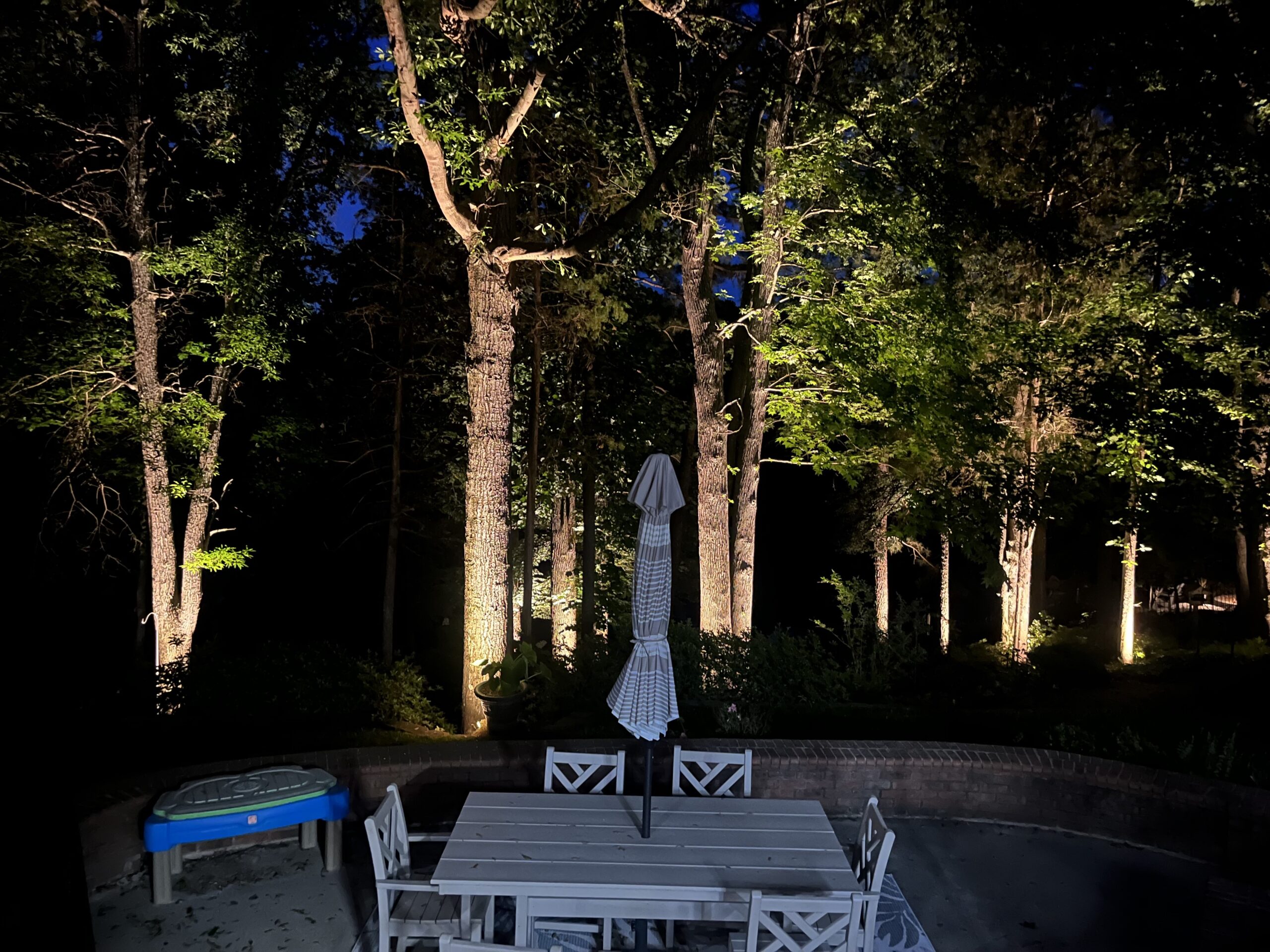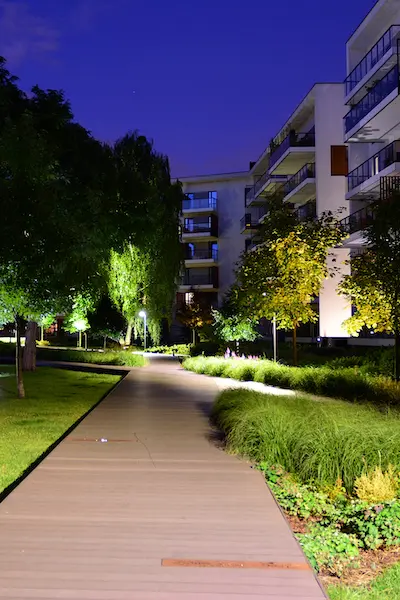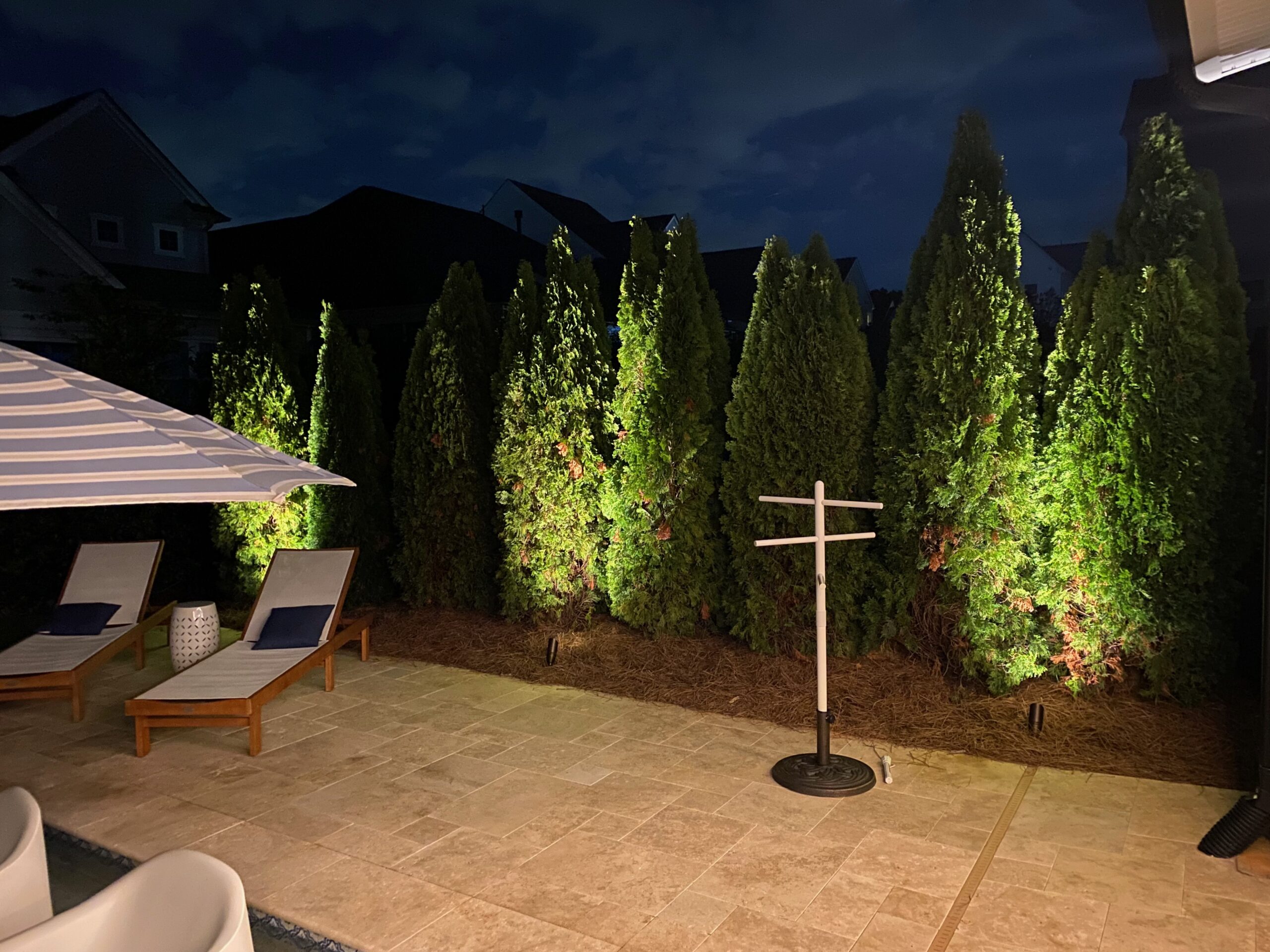Sculptures are no longer confined to museums—they’re taking over outdoor spaces and shaking up how we experience the world around us. These artistic installations bring life and personality to parks, sidewalks, and open areas, transforming them into spots where art and nature blend perfectly.
You might spot a bold, towering piece or a subtle sculpture tucked into a garden, each one adding a new layer to the landscape. It’s about making outdoor places more than just pretty views—they become interactive, thought-provoking spots that invite people to pause and enjoy something unexpected.
With this trend growing, public spaces are turning into open-air galleries that everyone can enjoy, anytime.
How Do Outdoor Sculptures Influence the Atmosphere Of Modern Landscapes?
Outdoor sculptures do more than decorate; they set moods, tell stories, and invite visitors to pause and reflect. Their presence can fundamentally alter the atmosphere of a landscape.
Creating Focal Points and Anchors
- Sculptures draw the eye and give visitors a visual destination.
- They break monotony in large open spaces, offering contrast and intrigue.
- These anchors help organize the flow and guide movement through the area.
Evoking Emotion and Curiosity
- Artistic forms evoke feelings—joy, wonder, nostalgia, or even contemplation.
- Abstract shapes spark curiosity, encouraging visitors to interpret meaning personally.
- Sculptures often become conversation starters or moments of shared experience.
Enhancing Sense of Place
- Integrating local culture, history, or environment into sculpture themes deepens connection.
- Unique pieces become symbols or landmarks, defining a space’s identity.
- This contributes to community pride and emotional attachment.
Balancing Natural and Manmade Elements
- Sculptures juxtapose organic plantings with geometric or fluid shapes.
- This interplay heightens sensory experience—touch, sight, and sometimes sound.
- The mix creates a richer, multi-layered environment.
Setting Seasonal and Time-Based Dynamics
- Materials like metal, stone, or glass interact with changing light and weather.
- Sculptures cast shifting shadows or glisten in the sun, making the landscape dynamic.
- Some installations even incorporate kinetic or light elements for changing moods.
Ultimately, sculptures transform landscapes from passive settings into lively, emotional environments that engage visitors on multiple levels.
What Makes Artistic Installations an Essential Part of Contemporary Outdoor Design?
The rise of outdoor sculptures isn’t a fad—it’s a reflection of deeper design philosophies that recognize art’s power in shaping human experience.
Integrating Art and Environment
- Contemporary design moves beyond functional layouts to embrace aesthetic and experiential goals.
- Artistic installations serve as bridges between architecture, nature, and culture.
- This holistic approach creates meaningful, memorable spaces.
Promoting Well-being and Mindfulness
- Art in nature fosters mental restoration, relaxation, and stress relief.
- Sculptures encourage mindful interaction—touching textures, exploring forms, or simply gazing.
- Designers prioritize these elements to boost outdoor well-being.
Encouraging Engagement and Accessibility
- Sculptures invite physical and intellectual interaction, turning passive observation into active participation.
- Tactile or interactive installations make spaces accessible to diverse users, including children and people with disabilities.
- This inclusivity enriches community experience.
Supporting Cultural and Social Narratives
- Art can convey stories, values, or social messages embedded in the landscape.
- This strengthens cultural awareness and community dialogue.
- Outdoor installations become platforms for public expression and education.
Adding Economic and Aesthetic Value
- Artistic landscapes increase property desirability and market value.
- Unique sculptures attract visitors, boosting local business and tourism.
- They distinguish spaces from competitors, creating iconic destinations.
Enhancing Sustainability and Innovation
- Many contemporary sculptures use recycled or natural materials, aligning with eco-friendly design.
- Integrating art encourages innovative uses of technology and materials.
- This forward-thinking mindset appeals to environmentally conscious users.
Artistic installations have become essential because they enrich outdoor spaces intellectually, emotionally, culturally, and economically—beyond traditional landscaping’s capabilities.
Why are More Public and Private Spaces Embracing Sculptural Landscaping?
From city parks to corporate campuses, sculptural landscaping is booming. Several factors fuel this widespread embrace.
Desire for Unique and Memorable Spaces
- In an era of visual saturation, distinctive art elevates spaces above the ordinary.
- Both public and private owners seek signature features that set them apart.
- Sculptures provide instant identity and memorable experiences.
Growing Appreciation for Outdoor Living
- Post-pandemic lifestyles emphasize the importance of outdoor environments.
- Sculptural landscaping creates inviting, engaging outdoor “rooms” for socializing and relaxation.
- This trend applies to public parks and private gardens alike.
Community and Cultural Investment
- Municipalities increasingly invest in public art to boost community engagement.
- Sculptures enhance cultural vibrancy and civic pride.
- Private developments use art to demonstrate commitment to quality and innovation.
Support from Art Programs and Grants
- Public funding and art grants encourage integration of sculptures in urban renewal projects.
- Partnerships between artists, designers, and developers grow more common.
- This ecosystem supports creative experimentation and professional quality.
Sustainability and Environmental Awareness
- Sculptural landscaping often incorporates sustainable practices.
- Green infrastructure combined with art attracts environmentally conscious stakeholders.
- This trend appeals to funders, users, and planners.
Technological Advancements
- Advances in fabrication enable more ambitious, durable, and interactive sculptures.
- Materials like weather-resistant metals, composites, and 3D printing broaden design options.
- Technology invites innovative installations that captivate and endure.
Together, these factors push sculptural landscaping from niche to norm across a broad spectrum of outdoor environments.
How Does Outdoor Art Change the Way People Interact With Green Spaces?
Outdoor art does more than beautify—it transforms behaviors, relationships, and experiences within green spaces.
Encouraging Exploration and Play
- Sculptures invite curiosity and discovery, encouraging visitors to explore.
- Interactive or climbable pieces engage children and families actively.
- Movement and play increase health and happiness.
Fostering Social Connection
- Art creates gathering spots and conversation starters.
- People meet, share interpretations, and build community around shared experiences.
- Sculptures support diverse social uses—from quiet reflection to lively events.
Enhancing Sensory Experience
- Outdoor art adds visual, tactile, and sometimes auditory elements.
- Visitors engage multiple senses, deepening connection to place.
- This enriches the quality and memorability of outdoor time.
Shaping Wayfinding and Orientation
- Sculptures serve as landmarks and meeting points.
- They help visitors navigate large or complex spaces intuitively.
- This improves accessibility and comfort.
Promoting Reflection and Inspiration
- Art provokes thought and emotional responses.
- Green spaces with sculpture encourage mindfulness and contemplation.
- Visitors leave refreshed, inspired, and emotionally enriched.
Integrating Art into Everyday Life
- Placing art in accessible outdoor settings democratizes cultural engagement.
- People who might not visit museums encounter art naturally.
- This shifts art from exclusive to inclusive community experience.
In essence, outdoor art turns green spaces into vibrant, interactive places that nourish body, mind, and community spirit.
When Landscapes Wear Sculptures, Magic Happens
The rise of artistic outdoor installations marks an exciting evolution in how we design, experience, and value our green spaces. Sculptures dress landscapes in creativity, emotion, and meaning—transforming them from static grounds into dynamic environments full of life and story.
As public and private spaces embrace this trend, we witness more engaging, memorable, and inclusive outdoor experiences. Sculptural landscaping isn’t just a design choice; it’s a cultural movement redefining the very essence of place and community.
Whether you’re a property owner, designer, or visitor, next time you encounter a landscape “wearing” a sculpture, pause and enjoy the magic created at that intersection of nature and art.
Illuminate Your Landscape’s True Potential with Palmetto Outdoor Lighting
At Palmetto Outdoor Lighting, we believe every sculpture and landscape deserves to shine—day and night. Our expert lighting solutions do more than brighten your outdoor spaces; they elevate art, architecture, and nature into breathtaking nighttime experiences that captivate and inspire.
With state-of-the-art technology, skilled installation, and attentive maintenance, Palmetto Outdoor Lighting ensures your outdoor art and spaces remain vibrant, welcoming, and secure through every season.
Don’t let your investment fade when the sun sets—partner with us to create a luminous canvas that transforms your property and enchants every visitor.





